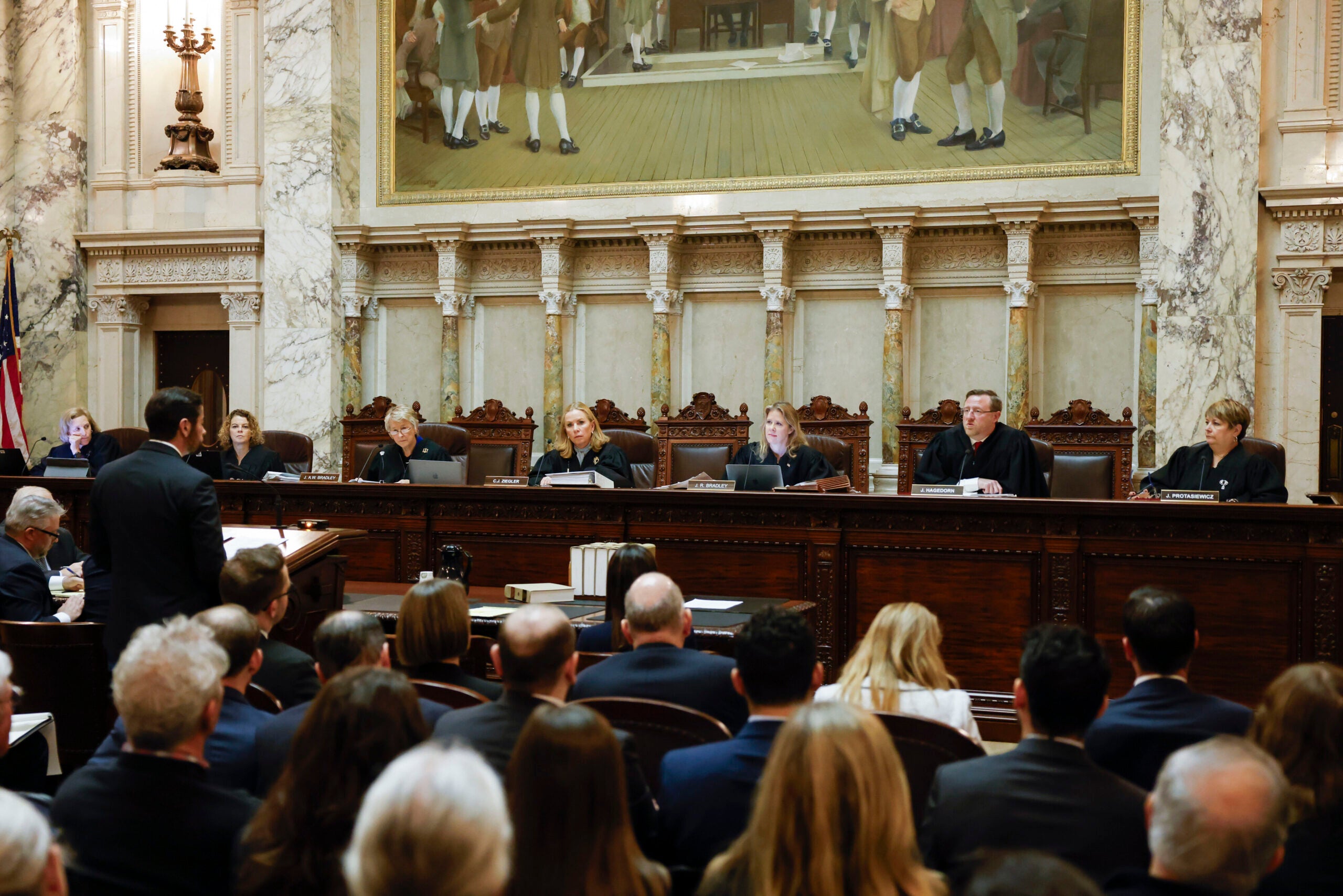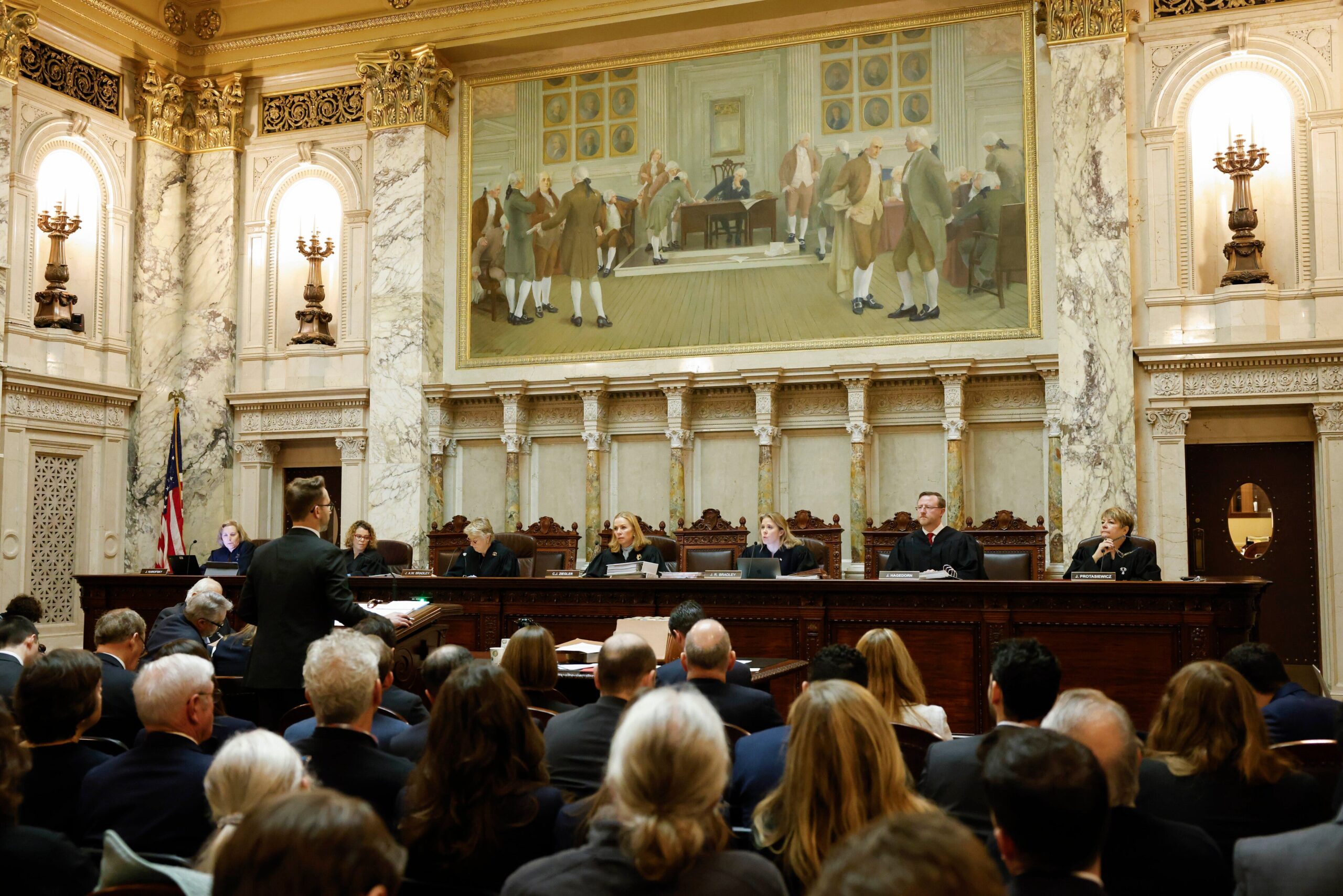The partisan battle over Wisconsin’s next round of redistricting officially began on Thursday with the release of 2020 U.S. Census data to states.
Though high-level numbers were released in April, the data released Thursday includes the numbers necessary for local and state governments to begin drawing the next set of government district maps across the Wisconsin. Local governments will be in charge of maps for city and county government, while state lawmakers will draw new district lines for the state’s 99 Assembly seats, 33 Senate seats and eight congressional districts. The maps will be in effect for 10 years after they are drawn.
The map-making process is expected to spur a prolonged fight between the Republican-controlled state Legislature and Democratic Gov. Tony Evers, as well as Democratic and Republican advocacy groups. Evers has called on lawmakers to consider maps that will be drawn by a redistricting commission he created, but GOP leaders have not said they will do so. Evers has the power to veto any maps he doesn’t like, which would send the maps to the courts.
Stay informed on the latest news
Sign up for WPR’s email newsletter.
On Thursday, Assembly Speaker Robin Vos, R-Rochester, released a statement saying he believes the governor will approve the GOP-drawn maps.
“Soon we will begin the robust map drawing process and I’m confident we will draw a map that the governor will sign,” Vos said.
Vos also announced a public website where Wisconsin residents can submit their proposals for district maps, with a deadline of Oct. 15.
Sachin Chheda, director of statewide advocacy group Fair Elections Project, argued Vos opening the process to public input acknowledges a mistake made during the 2011 redistricting process.
“For years, the people of Wisconsin have been demanding transparency and public input into this process, and now even Speaker Vos recognizes how his maps will be seen as illegitimate if he didn’t at least nod to our concerns,” Chheda said via email.
The redistricting commission created by Evers is also accepting maps drawn by the public.
In 2011, Republican aides and a GOP consultant worked from the offices of a private law firm to draw new maps. GOP lawmakers were asked to sign confidentiality agreements before reviewing their new district lines while Democratic lawmakers were shut out of the process.
Republicans have already secured private law firms to work on the next set of maps as well. In April, a circuit court judge voided contracts GOP lawmakers reached with two firms, ruling the Legislature can’t hire its own attorneys for mapmaking until there’s a lawsuit pending over the maps. But the state Supreme Court stayed that ruling in July, pending an appeal from Republicans, thereby allowing Republicans to move forward with the private contracts.
The last time maps were drawn under politically-divided state government, in 2001, the maps ended up going before a federal court appellate court, which re-drew some districts after a long legal battle between Republicans and Democrats.
Lawsuits over the 2020 maps are likely in both state and federal court. In May, the state Supreme Court rejected an effort by Republicans to automatically forward all state-level redistricting lawsuits to the court, bypassing state circuit and appellate courts. However, any state-level lawsuit would likely still end up before the state’s highest court eventually.
Federal lawsuits would begin in district court and could make their way all the way to the U.S. Supreme Court. A federal lawsuit related to Wisconsin’s last set of maps made it all the way to the U.S. Supreme Court, but was dismissed after a ruling in a similar case.
In April, the first round of 2020 Census numbers released showed Wisconsin’s population has remained mostly steady over the past 10 years, with just a four percent increase. Because of that negligible change, the state will retain the same number of representatives in the U.S. House of Representatives.
Wisconsin Public Radio, © Copyright 2024, Board of Regents of the University of Wisconsin System and Wisconsin Educational Communications Board.






